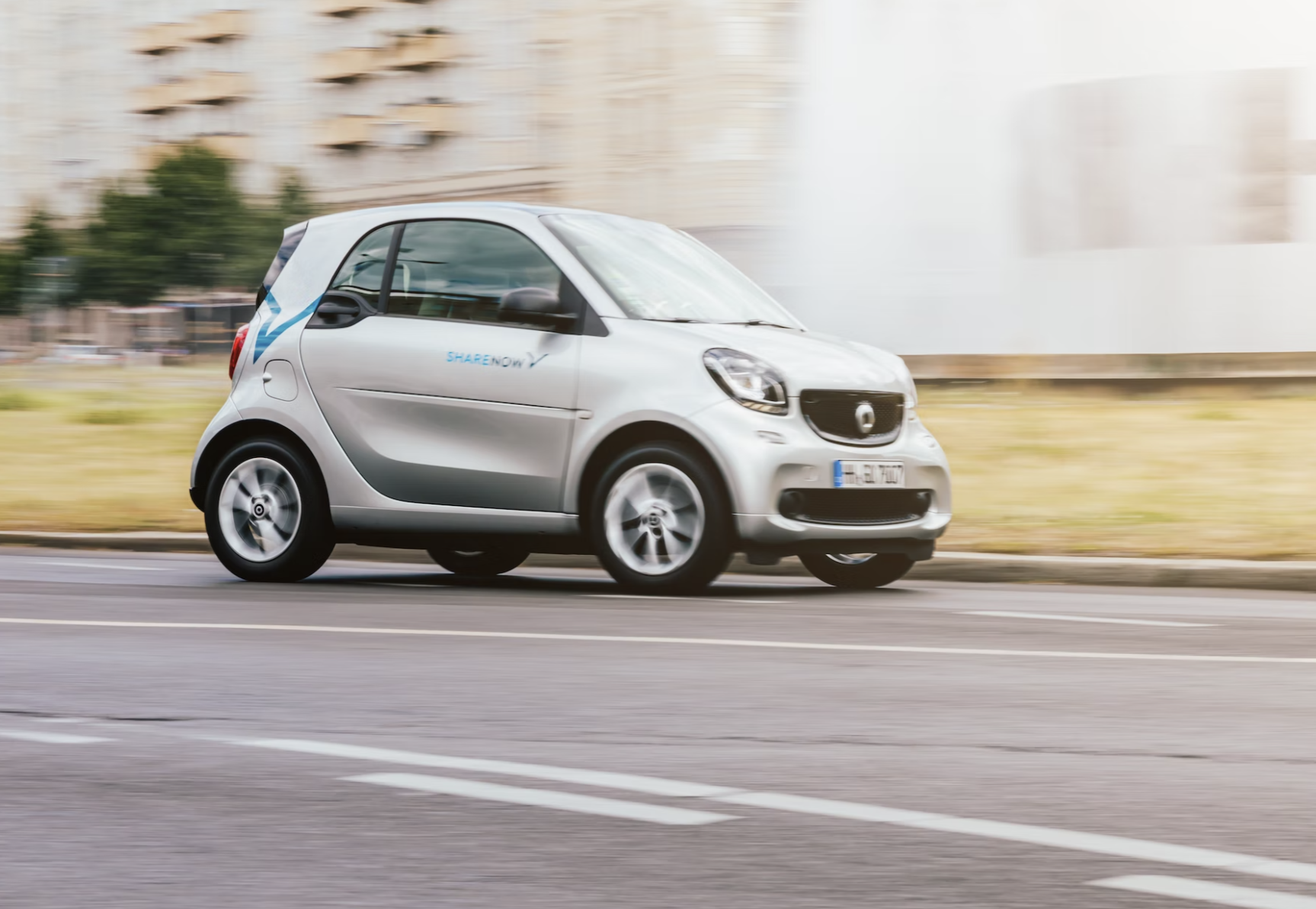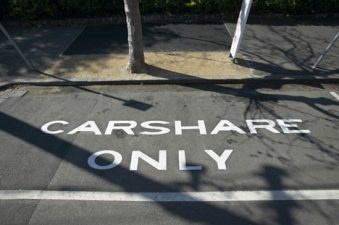
The most sustainable kind of parking in Paris is walking, but jokes aside there are ways to make parking more efficient
The future of parking lots and structures is an essential topic for cities and towns worldwide. As more people move to urban areas, the demand for monthly parking spaces continues to increase. To address this need, cities are turning to sustainable solutions for parking lots and structures to reduce their environmental impact.
In this article, we’ll explore the different sustainable options for parking lots and structures and discuss the potential for creating a greener, more sustainable future for our parking spaces.
The Current State Of Parking Lots
Parking lots and structures are a huge industry. The average driver in America racks up about 12 miles of driving for every 1 mile of travel, which means that the need for sustainable parking garages and lots is growing.
Depending on the city, there are a variety of parking options available. The most common types include street parking, lots, garages, and meters. Lots and garages require some payment, whether cash or credit card. Meters are often found in high-traffic areas and need coins or card payments through your phone.
The cost of parking can vary greatly depending on location. In big cities such as New York and Los Angeles, the average cost of parking can range from $25-$50 per day. This makes it difficult for people on a budget to find affordable parking. Fortunately, there are some ways to save money. Specialist parking platforms like Spacer allow you to compare prices for different lots and garages in your area and can save you a lot of money if you can park over longer periods. There are also options such as monthly parking and discounted rates for those willing to take advantage of them.
As transportation methods evolve (like self-driving cars and EVs) and new modes become available, we’ll see a shift away from cars towards public transportation and other options like ride-sharing services like Uber and Lyft or bike-sharing programs like LimeBike or Spin. Parking needs to evolve to stay ahead of the trend.
Parking garages will change over time to meet current trends
The future of parking garages will be more efficient, environmentally friendly, accessible and convenient. These are the qualities that consumers are looking for. While there’s no guarantee that any of these qualities will define the future of public parking structures, they’re likely to be important factors in making them sustainable long after construction.
- Smart parking is becoming increasingly popular to reduce city congestion and make parking more efficient. Smart parking systems use sensors, cameras, and other technologies to detect when cars are parked, helping drivers quickly find the most available spots and reducing the time spent searching for parking. These systems can also help manage traffic flow and reduce emissions by limiting idling cars.
- Driverless cars are another emerging technology that could revolutionize the future of parking structures. Autonomous vehicles have the potential to drastically reduce the need for parking spaces, as they will be able to drop off passengers and return to a designated lot, eliminating the need for people to take up space while waiting for their ride.
- Parking apps are also becoming increasingly popular and can make it easier to find available spots. These apps can provide real-time information on the availability of parking spaces, helping drivers quickly find a spot without wasting time or fuel. They can also be used to reserve a spot ahead of time and even pay for parking through the app.
The future of parking structures is sure to involve a combination of intelligent parking solutions, driverless cars, and parking apps, all designed to make parking more efficient and sustainable. In addition, these solutions will help reduce congestion and emissions by leveraging the latest technologies, making them a win-win for cities and drivers.
The environmental impact of parking structures

An unsustainable parking lot creates problems with rain runoff, use of space, headaches for drivers
Parking lots and structures have become a part of the modern landscape, but they need to be more sustainable. They often occupy large land areas, and their construction has been known to displace local ecosystems and cause soil erosion. Furthermore, parking lots and structures have been linked to increased air and water pollution, as well as higher noise and light pollution levels. On top of this, many parking lots and structures are not designed with efficient drainage systems, resulting in runoff that can lead to flooding and water contamination.
Clearly, the environmental impact of parking lots and structures must be addressed to create a more sustainable future.
The benefits of sustainable parking structures
Regarding the future of parking structures, sustainability has many benefits. For one, sustainable parking structures will help reduce air pollution, as they do not require the burning of fossil fuels to power them. Additionally, they are often more efficient and less costly to build, meaning construction costs can be reduced over time.

If a carshare works, that’s about 100 families for one parking space and one car.
Sustainable parking structures can also be designed with other elements, such as green roofs and shade sails, which can help reduce the heat generated by the sun. This can cool down the area and create a comfortable environment for those visiting or using the parking structure.
Finally, sustainable parking structures can help promote environmental conservation and sustainability. This is especially important for cities and towns looking to reduce their carbon footprint and become more environmentally friendly. By investing in sustainable parking structures, cities can show their commitment to protecting the planet while providing a safe and efficient place for people to park their vehicles.
Takeaway:
The truth is we are heading towards a future where sustainable parking lots and structures are the norm. Large companies will push for change, whether it’s because of government regulation or public demand. And as long as the costs continue to fall and the benefits continue to rise, those who don’t adapt will be left behind. If you want to build green parking lots and structures, it’s time to start thinking about what it takes.
The key is to consider your parking facility’s impact on the environment. You should also consider the other ways people can get around and how they can be incorporated into your structure. As more and more people start using these alternatives, we must begin building environmentally-friendly structures.


